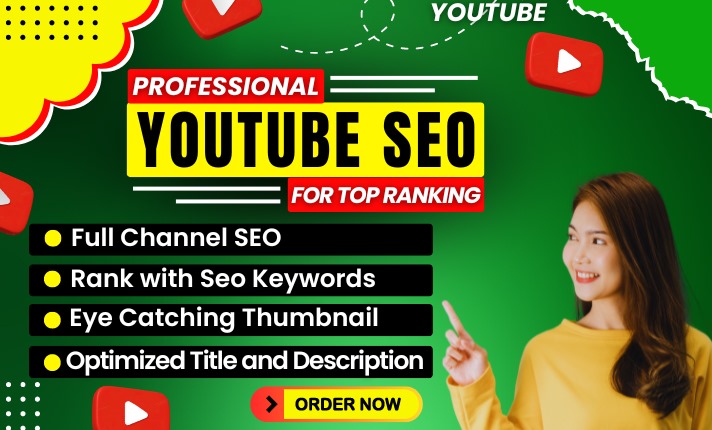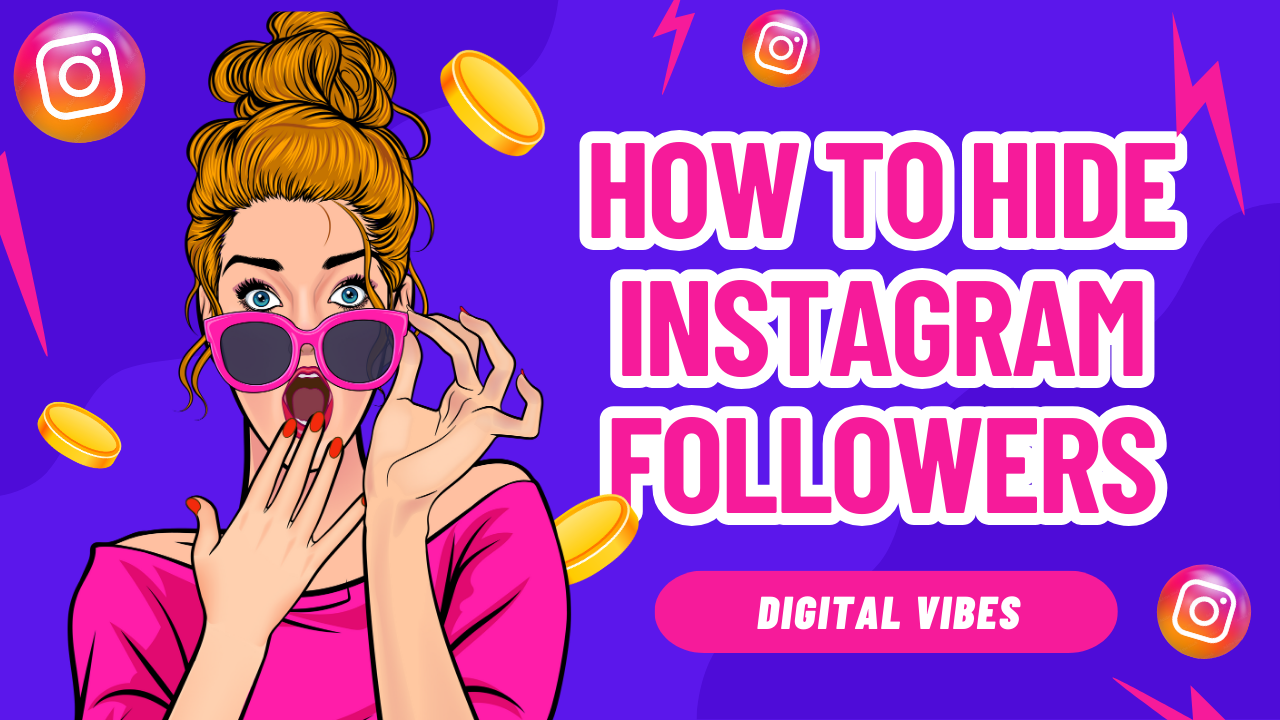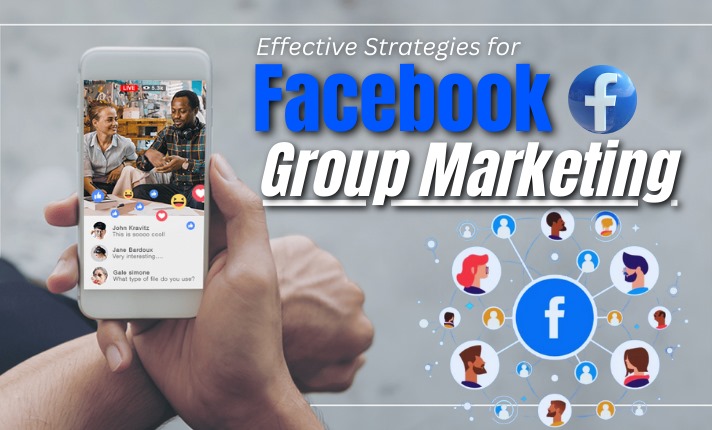
Introduction
In today’s digital landscape, video marketing has emerged as a pivotal strategy for brands aiming to captivate audiences and drive meaningful engagement. Whether you’re a startup or an established business, crafting a well-thought-out video marketing plan can significantly enhance your brand’s visibility, engagement metrics, and ultimately, your bottom line.
1. Why Video Marketing Matters
Video content continues to dominate online platforms, with staggering statistics highlighting its effectiveness in conveying messages and fostering emotional connections with viewers. Studies show that including video on a landing page can increase conversion rates by 80% and boost brand recall by 64%. This underscores the importance of integrating video into your overall marketing strategy.
2. Setting Your Objectives
Before diving into video production, it’s crucial to define clear objectives that align with your brand’s overall marketing goals. Whether you aim to increase brand awareness, drive website traffic, or enhance customer engagement, outlining specific, measurable objectives will guide your video content creation process.
3. Understanding Your Target Audience
A successful video marketing plan hinges on understanding your target audience’s preferences, behaviors, and pain points. Conduct thorough market research to identify demographic information, interests, and online behavior patterns. This insight will enable you to tailor your video content to resonate deeply with your audience, fostering stronger connections and driving engagement.
4. Choosing the Right Video Types
With a myriad of video formats available, selecting the appropriate type for your marketing objectives is paramount. Consider options such as explainer videos, product demonstrations, customer testimonials, or behind-the-scenes glimpses to convey your brand’s narrative effectively. Each format serves a unique purpose in engaging viewers and guiding them through the customer journey.
5. Crafting Compelling Video Content
Compelling video content is not merely about aesthetics but also about storytelling that resonates with your audience. Develop a storyboard or script that communicates your brand message succinctly and evokes an emotional response. Incorporate visual elements, music, and narration that align with your brand’s tone and values to create a memorable viewing experience.
6.Distribution and Promotion Strategy
Once your video content is produced, strategize its distribution across relevant channels where your target audience is most active. Leverage social media platforms, email newsletters, and your website to amplify reach and engagement. Implement SEO best practices by optimizing video titles, descriptions, and tags to enhance discoverability on search engines like Google and YouTube.
7. Analyzing Performance and Iteration
Continuous evaluation of your video marketing efforts is crucial to refining strategies and maximizing ROI. Monitor key metrics such as view counts, engagement rates, and conversion metrics to gauge effectiveness. Use analytics tools to gain actionable insights into audience behavior and preferences, enabling you to iteratively improve future video campaigns.
Conclusion
In conclusion, developing a robust video marketing plan is essential for modern brands seeking to leverage the power of visual storytelling to connect with their audience authentically. By setting clear objectives, understanding your audience, creating compelling content, and employing effective distribution strategies, you can elevate your brand’s visibility and engagement in today’s competitive landscape.
If you want to explore how Digital Vibes can help elevate your social media marketing strategy and achieve your business goals, please scroll down and click on our service button to discover our range of services. We are confident you’ll see great results with our service.
Share this post :
Our Service
Get Our Social Media Marketing Service







